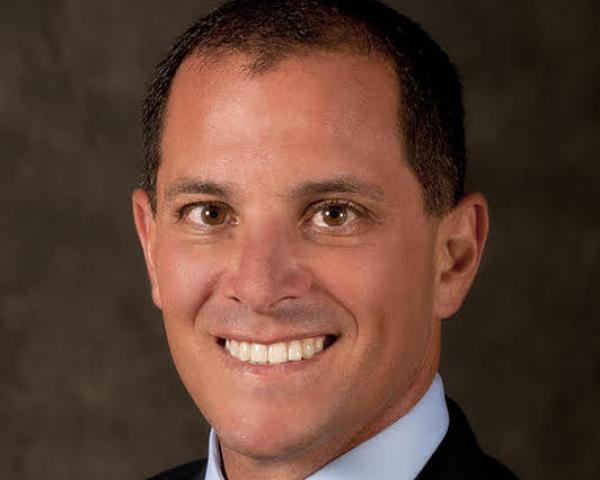With words like “cyber-bullying” and “bully-cide” now part of our vocabulary, bullying prevention has become a focal point for school districts, staff, parents and communities. Schools promote bullying prevention through posters, district-wide assemblies and even school concerts. Because kids are taught so much and so often about bullying, it has become expected and, perhaps more importantly, acceptable for kids to talk about it.
However, there is another serious issue facing schools that isn't as widely discussed: sexual abuse and molestation.
April is Child Abuse Prevention Month, so there is no better time to talk about both the abuse taking place outside of school and the abuse taking place/originating in our schools. In fact, sexual abuse is now our schools' single biggest risk, costing schools tens of millions of dollars each year — not to mention the incalculable human cost.
An estimated one out of 10 K-12 students will experience school employee sexual misconduct during their lifetime. Schools don't intentionally hire and knowingly allow predators to roam the halls, but they do.
These predators use deliberate tactics to condition their victims and other staff over time prior to engaging in sexual abuse. This is described as the “grooming process.” Sexual predators often identify vulnerable children, especially those who are less able to tell others about the abuse or who are unhappy or needy. One child sex offender can have many dozens of victims.
So why isn’t sexual abuse in schools being talked about in the same preventative light as bullying? Does it make us uncomfortable? Are we embarrassed by it? Is it our schools' dirty little secret we don’t want people to know about? One thing we cannot allow ourselves to do is become complacent regarding sexual abuse. It is important to understand that silence is a fuel that creates the ideal environment for sexual abusers to victimize students.
School personnel can prevent much of the sexual misconduct in schools if they know how to recognize and respond to suspicious patterns and if administrators enforce an environment of high expectations of behavior. In 2015, a California law went into effect that requires all school personnel identified as “mandatory reporters” to undergo training about these requirements and their responsibilities within six weeks of the start of employment or the school year. This was a positive step, but it only partially addresses the problem.
To truly attack this epidemic, we need more than just mandatory reporters to be trained — we need to educate and engage our students. Similar to the "stop bullying" message that has been so prevalent and widely accepted, we need to make sexual-abuse prevention part of the culture for students. We need to empower students to take action and report on any potential sexual abuse that takes place.
Every child has the right to be safe, and every adult has the responsibility to protect children.
It's time to confront the issue of sexual abuse in our schools as openly as we do bullying, and we need to engage our kids in the fight. We need to make it safe and expected for kids to speak up.


